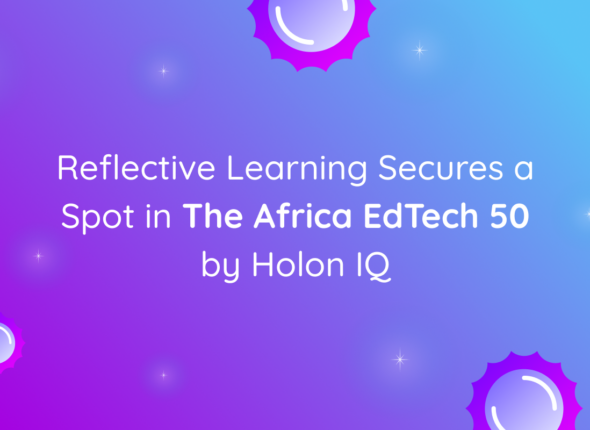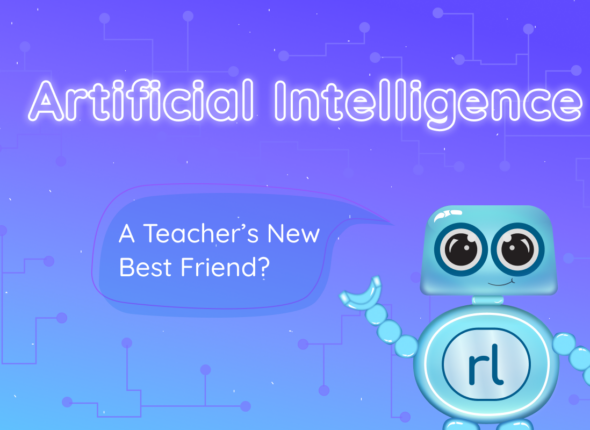In today’s multimedia-rich educational environment, the choice between video and animation versus traditional text and graphics is a pressing concern. Many believe that flashy visuals are the key to effective learning, but beneath this assumption lie deeper cognitive insights. This article explores the evolving conversation in instructional design and learning science, challenging the status quo and advocating for a more thoughtful approach. By examining concepts like cognitive load and processing optimization, we uncover the inherent advantages of text and graphics. Through a journey of theory and evidence, we aim to break the preconception of ‘newer is better’ and develop a path toward more effective educational practices.
The prevailing assumption globally is that with the emergence of easy-to-produce video content, this form of media ought to be the preferred option when disseminating information. Effective and efficient sharing of information is particularly relevant in the education sector. Consequently, this assumption leads educationalists and others in the industry to infer that learning is inherently more effective when facilitated through video and animated mediums. However, investigations in the fields of instructional design and learning science, are finding evidence to the contrary.
A Cognitive Perspective
The integration of text and graphics in instructional materials has been widely supported by cognitive theories, particularly those within Mayer’s Cognitive Theory of Multimedia Learning (CTML). This pedagogical approach contends that combining words and images is more effective for learning and retention compared to video or animated content.
Mayer’s theory (2002) identifies 12 principles that provide an invaluable ‘checklist’ for optimising learning. Some key benefits of effective use of the principles include reducing cognitive load, optimising processing, and enhancing engagement.
Paivio’s Dual Coding Theory (1986) lays the groundwork by emphasising the independent yet parallel processing of verbal and nonverbal information in the human brain. This implies that presenting information in both linguistic and symbolic modalities can lead to a richer and more robust representation of knowledge, and thus supporting more comprehensive learning and understanding.
Static imagery reduces cognitive load and promotes self-paced learning
Cognitive Load Theory (Sweller, 1988) further supports the preference for text and graphics by highlighting the limited capacity of the human cognitive system, particularly in processing visual and auditory information. Video and animated content, often rich in dynamic visual and auditory stimuli, may lead to an extraneous cognitive load that hinders effective learning.
The redundancy principle (Chandler and Sweller, 1991) adds to this argument, suggesting that unnecessary elements, such as redundant graphics, animations, or audio, can overload learners’ processing capacity, decreasing the intelligibility of instruction.
The modality effect, as discussed by Penney (1989), also contributes to the preference for text and graphics. The separate-streams hypothesis proposed by Penney suggests that the brain processes auditory and visual information separately in short-term memory. This aligns with the idea that presenting information through a combination of text and graphics allows learners to better retain sequential characteristics of verbal input.
The more passive the medium, the more active the processing of information
In their instructional book, e-Learning and the Science of Instruction (2011), Clark and Mayer explain that although animations appear to be the superior choice due to their active medium, they reiterate that a number of studies have failed to find animations any more effective than static graphics (Betrancourt, 2005; Hegarty, Kriz, & Cate, 2003; Mayer, Hegarty, Mayer, & Campbell,
2005; Tversky, Morrison, & Betrancourt, 2002).
In fact, the converse was shown to be true in 2005 (Mayer, Hegarty, Mayer, & Campbell) when a study compared the performance of a group of students who completed a lesson made up of static illustrations, with a group of students whose lesson consisted of narrated animations. Across four separate comparisons, the illustrations-and-text group always performed better than the animation-and-narration group.
The more passive medium of illustration and text allows learners to participate more actively in the learning process. As text and static graphics (a passive medium) require active engagement and interpretation, processing of the information is optimised.
In contrast, animated content dictates the pace of learning and requires less active engagement to mentally animate or piece processes together.
Additionally, video or animated content often imposes further cognitive pressure or load due to the rich detail, transitions, and fleeting imagery. Videos require an individual to simultaneously commit information to memory, consume new information, and process the new understanding. A series of static frames, however, impose no memory requirements and allows learners to move back and forth through content at their own pace, while processing for understanding.
This, more active, medium requires less participation to mentally animate each step of a process. It also determines the pace and order of processing for the learner.
Multimedia choices must be deliberate and consider the learning goal
There are a number of scenarios where animated content is better suited. These typically fall into the realm of manual procedures, such as how to use a pipette, or folding a paper aeroplane. But for the most part, static graphics and text support effective learning and are superior to video content for comprehension.
While video and animated content certainly have a place in educational contexts, the evidence from cognitive theories suggests that text and graphics provide a more controlled and effective means of presenting information, aligning with the cognitive architecture of the mind. This has important implications for instructional design, advocating for a thoughtful combination of linguistic and symbolic modalities to enhance learning.
Below is a visual representation of the flow of information and processing in multimedia learning:

Reflective Learning (RL) embraces a pedagogical approach that prioritises the integration of text and graphics as foundational elements throughout the catch up material. RL’s commitment stems from an understanding of the cognitive mechanisms underpinning effective learning, as explained by seminal theories such as Mayer’s Cognitive Theory of Multimedia Learning and Paivio’s Dual Coding Theory.
This can be seen in multiple examples throughout the platform, where the focus is on building conceptual understanding by presenting information in a clear and structured manner:

Additionally, the individualised learning content provided to students makes use of Variation Theory (Gu, Huang, & Marton, 2004; Marton et al., 2004), by using multiple representations of the same concept. This builds an understanding through comparison and aids learners in establishing similarities and differences to form deeper conceptual understanding of ideas.
Central to RL’s methodology is the recognition of the modality effect and the need to optimise cognitive load for effective learning. We avoid the temptation to inundate learners with superfluous visual and auditory stimuli, inherent in video and animation formats. Instead, we provide content that fosters engagement and active processing through the combination of integrated text and static graphics. This intentional choice empowers learners to navigate educational materials at their own pace, facilitating deeper engagement, comprehension, and retention.
In examples where many would assume animations would elicit better understanding, such as the concept of ‘sequencing’, we utilise static graphics to allow active and self-paced processing of information, allowing students to participate in the ordering of elements through scaffolded interaction:

While acknowledging the value of animations in certain contexts, we remain steadfast in our belief that text and graphics offer a more targeted and explicit approach to learning. Video content is deliberately used when appropriate, including for enrichment and exploration beyond the curriculum.
Animations are effectively used to illustrate navigation and procedures throughout the programme – an ideal modality-purpose fit rather than conceptual development, where the best fit is the implementation of the theories discussed above.
By embracing a multimodal framework that accommodates and enhances varying cognitive processes, we strive to create an environment conducive to highly effective and meaningful learning experiences for all learners.
The approach at Reflective Learning embodies a symbiotic relationship between theory and practice. By leveraging valuable findings from cognitive theories and empirical research, we endeavour to create materials that avoid the superficial appeal of complex multimedia. Through a commitment to the principles of effective instructional design, we aim to empower learners with the tools and knowledge necessary for success and develop individuals who simply love the process of learning.



